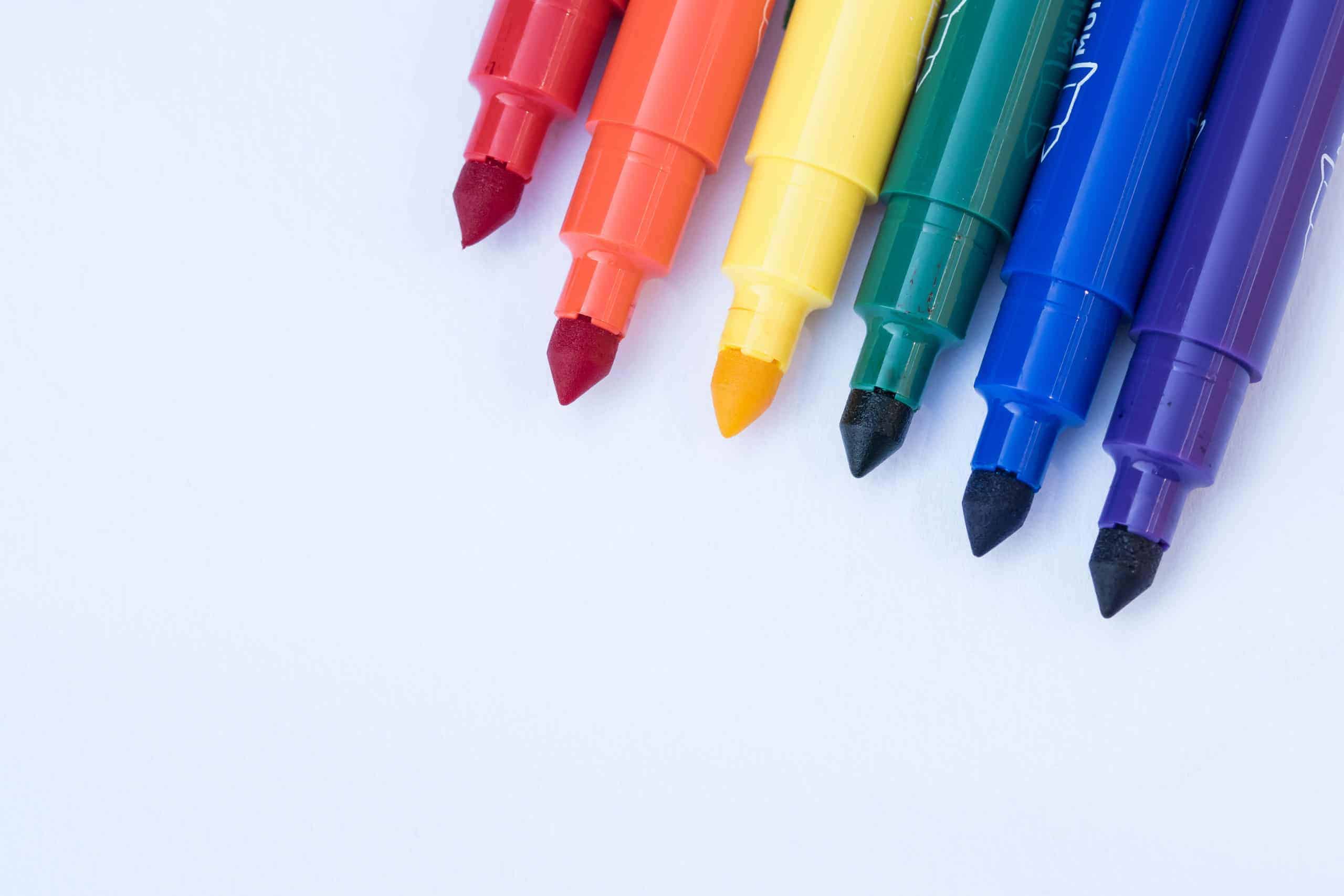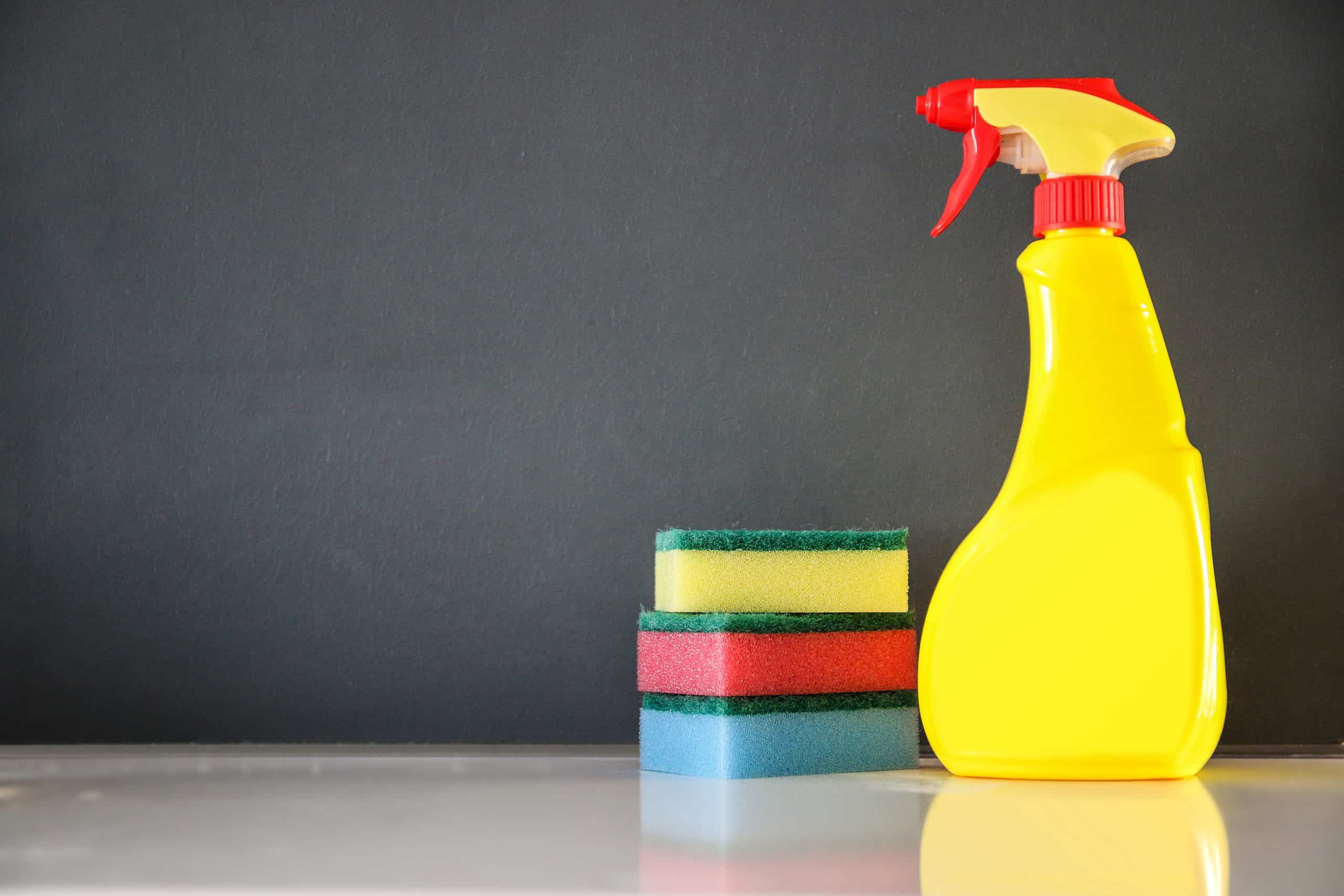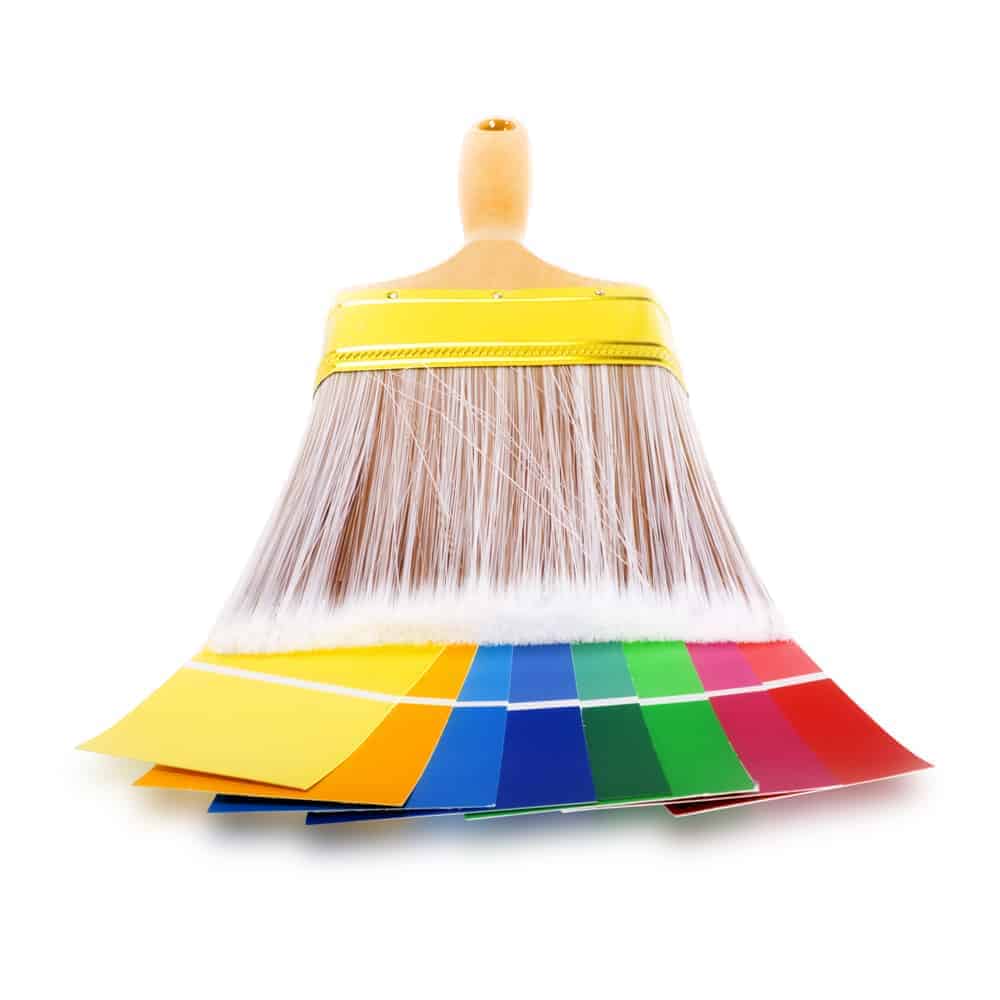
Perfectly painted walls don’t last after a few years, especially in homes with kids and pets. What was once a flawless surface now has nicks, scrapes, or scuffs. As small as they may be, the only thing you notice when you look at the wall is that imperfection staring back at you. The quickest and easiest solution is to give the wall a touch-up.
There are so many things that can cause your walls to suffer surface damage. Furniture can scrape the walls, kids can write on them with permanent markers, or your pets can scratch them up. You don’t have time to repaint the entire wall to ensure every mark is covered and the color is the same.
However, touch-ups are tricky. Most times the paint will not match unless you have the original paint. That’s why Walla Painting suggests you keep the paint we use after we do your project. Even if you buy the same brand of paint with the same shade and hue a few years later, it may not match completely.
5 Steps for Touching Up Paint
If you have the leftover paint that matches the wall, you may be able to touch it up successfully. You can increase your chances of success with the right tools and techniques. Doing a paint touch up properly can save you the work of repainting the entire room.

Here are some steps you can take to get the best touch-up results.
1. Clean the Area
Before applying the paint, the surface needs to be cleaned. Wipe away dust and dirt with a damp sudsy sponge. Follow up with a clean towel to dry it. A clean surface free of grime and dirt helps the paint adhere better.
2. Make Necessary Repairs
Leaving holes and scratches open will not produce a smooth finish once the paint has been applied. Use sandpaper to remove any raised sections on the wall and smooth the area to be repaired. Scratches, holes, and nicks should be filled in with a spackling compound.
You’ll need a putty knife to apply the compound to the dents that need to be filled. Scrape away excess compound and wipe it with a damp cloth before it dries. The compound will set after a few hours.
3. Prime Time
To ensure better color blend and adhesion to the surface, primer is a must. Prime the part of the wall you have cleaned and repaired. Use high-quality latex primer, and don’t go beyond the area you’d like to touch-up. The primer should be completely dry before applying paint to the touch-up area.
4. Use the Same Paint and Color
Using your leftover paint, shake the can before opening. Then open the can and stir the paint. If the paint has thickened over time, thin it down with a thinner or water.
Make sure to also use the same paint finish for the touch up. Differences in sheen easily puts the spotlight on the touch-up instead of having a seamless blend. Flat and lower-sheen paints are the easiest to touch-up without being noticeable.

5. Let the Painting Begin
The goal of a touch-up is to keep the area small and inconspicuous. Matching the surface texture is key to making it look like it was never touched. Using the exact paint applicator, such as a brush or roller, is necessary to maintain the texture. If the wall was painted with a brush the first time, then use the same tool. A thin layer of paint is less noticeable than a thick patch of paint.
If using a roller, make sure the nap thickness is the same to ensure a consistent texture on the wall. Don’t overload the brush or roller with paint. It’s best to start with a small amount of paint to avoid a touch-up blob.
If using a brush, begin toward the center of the touch-up area and feather it out lightly into the surrounding paint until you reach the desired coverage. Let the paint dry completely before touching or decorating.
Too Much Patchwork?
If you cannot match the original paint, or if there are too many spots to touch-up on your walls, then it may be time to call in a professional painter to repaint the whole wall. It’s a guaranteed way to ensure that a patched wall won’t stand out like a sore thumb.
Walla Painting can tackle any size project your home or business may need. Whether it’s a wall, a room, or an entire building, our crew has the necessary skills and experience to make your space look like new. Contact us today for a free estimate on your next paint project.
REQUEST A QUOTE
The process is simple, it will only take a moment
Too Much Patchwork?
If you cannot match the original paint, or if there are too many spots to touch-up on your walls, then it may be time to call in a professional painter to repaint the whole wall. It’s a guaranteed way to ensure that a patched wall won’t stand out like a sore thumb.
Walla Painting can tackle any size project your home or business may need. Whether it’s a wall, a room, or an entire building, our crew has the necessary skills and experience to make your space look like new. Contact us today for a free estimate on your next paint project.
